KEY TAKEAWAYS
- MCF Purpose: Mission Critical Facilities are essential infrastructure (data centers, hospitals) designed for continuous operation to prevent severe consequences from disruption.
- Site & Structure: Requirements include strategic site selection to protect against floods, seismic activity, wind loads and nearby hazards.
- Redundant Power & Cooling: MCFs must have high-capacity power with redundant backup generators and efficient cooling systems to prevent equipment failure due to heat.
- High-Level Security Measures: Security is multilayered, requiring robust access controls, 24/7 surveillance, intrusion detection and critical cybersecurity.
- Proactive Maintenance: Continuous operation relies on strict preventive maintenance and monitoring protocols to proactively detect and address issues, ensuring peak performance and uptime.
Without these key requirements, mission critical facilities run the risk of failing to carry out the operations that make them critical in the first place.
What Is a Mission Critical Facility?
A mission critical facility is a type of building or infrastructure that is essential for important operations, services or systems to function. Architects design and construct these facilities to withstand a wide range of disasters, including power outages, natural disasters, cyberattacks and other emergencies that could disrupt their vital operations.
Examples of mission critical facilities include:
- Data centers
- Hospitals and emergency response centers
- Military installations
- Financial institutions.
These facilities often contain backup power and cooling systems, redundant communication networks and sophisticated security measures to ensure fundamental assets are stable and operate continuously.
The Importance of Mission Critical Facilities
Mission critical facilities play a crucial role in making sure important systems and services function. Architects design and build these facilities to operate continuously and withstand a wide range of disasters and emergencies, which ensures critical services remain uninterrupted.
For example, data centers are essential for storing and processing large amounts of data, such as financial, medical and government records. Hospitals and emergency response centers are critical in providing medical care and support during emergencies. Meanwhile, military installations offer pivotal defense capabilities.
The failure or disruption of these facilities could lead to serious consequences, including death, financial damage and national security risks.
Building and Environmental Requirements for Mission Critical Facilities
Designing mission critical buildings or facilities requires a deep understanding of environmental risks and structural resilience. These facilities have unique requirements to ensure continuous operations, minimize equipment failure, reduce human error and protect personnel’s safety.
Site Risk Assessment
For example, proper site selection can protect against environmental hazards, such as flooding or earthquakes. Additionally, the building’s layout and structural design must account for factors such as seismic activity, wind loads and potential hazards from nearby buildings and roads.
Building and site design must also consider factors such as power supply, cooling systems and security measures to prevent unauthorized access (more on these factors later).
Hazardous Materials Handling Protocols
Hazardous materials management is also crucial to prevent the release of substances that could harm people and the environment. Properly storing, handling and disposing of chemicals and other hazardous materials are key aspects of mission critical facility management. These actions ensure regulatory compliance and minimize the risk of accidents and environmental damage.
These factors are a great place to start. However, architects must thoroughly understand a facility’s specific operational needs and potential risks to design a building that meets mission critical facilities’ distinct requirements.
Power Requirements

Uninterrupted, redundant power supply is a vital characteristic of mission critical infrastructure.
These buildings require a high capacity of power to ensure their operations remain steady. Proper power distribution guarantees that all critical systems and equipment receive sufficient power.
Additionally, mission critical facilities must have redundant power systems and backup power generators to ensure they function in the event of a power outage. Backup power systems should undergo regular testing to verify that they are in good working condition.
Cooling Requirements
Moreover, mission critical facilities must maintain optimal conditions for equipment and operations.
The equipment that these facilities use generates a significant amount of heat. If this heat does not dissipate efficiently, it can lead to equipment failure, downtime and even data loss.
To protect equipment, facilities often employ sophisticated cooling systems — including computer room air conditioning units (CRACs), liquid cooling systems and evaporative cooling systems — to maintain the temperature and humidity levels.
Manufacturers design these cooling systems to provide redundancy, energy efficiency and precise control of the cooling environment. In turn, cooling systems ensure the facility’s infrastructure operates smoothly. Any failures in this area can have severe consequences.
Security Requirements
Mission critical facilities require high-level security and safety measures.
Security requirements may include access controls, 24/7 surveillance systems and intrusion detection systems to prevent unauthorized access and to ensure personnel and equipment are safe. Cybersecurity measures are also crucial because cybercriminals often target these facilities.
Safety requirements may include fire protection, detection and suppression systems, as well as backup power generators and emergency response plans. These measures safeguard against natural disasters, accidents and terrorist attacks.
Maintenance and Monitoring Requirements
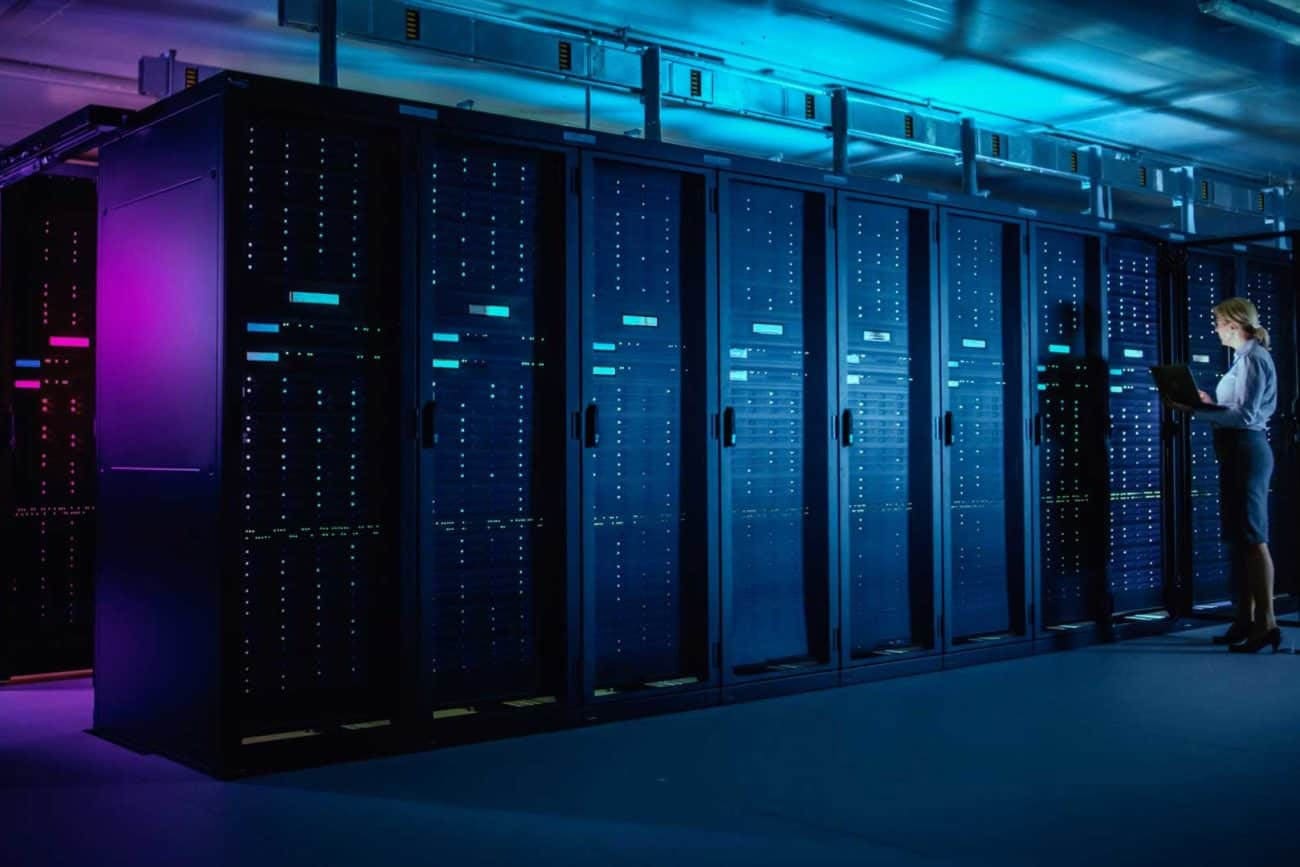
Mission critical facilities require strict maintenance and monitoring protocols to ensure they operate at peak performance and reduce the risk of downtime.
Regular preventive maintenance activities — including cleaning, inspections and equipment testing — are crucial to identify and address issues before failure or disruption occurs. Monitoring systems, such as sensors and alarms, are also essential for detecting problems and sending facility managers real-time alerts.
In addition, trained personnel must be available around the clock to respond to emergencies and perform maintenance tasks. Overall, maintaining and monitoring are parts of an ongoing process that requires a dedicated team and a well-designed plan. When these factors come together, mission critical facilities can ensure optimal performance and uptime.
Rapid Building Solutions for Mission Critical Construction
With so many facility requirements (and high stakes if the facility doesn’t meet them), construction for mission critical facilities is often lengthy, with years of planning and building. Nevertheless, the important operations that need these facilities cannot wait.
When you urgently need mission critical facilities solutions to assure essential services, engineered fabric buildings are a quick, safe alternative to lengthy traditional construction.
You can install engineered fabric buildings from Alaska Structures® in a fraction of the time compared to traditional buildings — without compromising safety, functionality, durability or comfort. For example, our fabric buildings meet mission critical facilities’ engineering requirements with the following:
- Engineered to meet local codes and the International Building Code (IBC), including area-specific wind and snow loads
- Power and lighting systems
- HVAC and insulation systems
We offer an array of building models to meet varying facility purposes, from telecommunication and data centers to hazardous materials management. What’s more, if your mission critical facility needs change, you can easily take down, relocate and reassemble our fabric buildings at a new site.

[Related: Why Choose Fabric Buildings From Alaska Structures?]
Contact Alaska Structures
Alaska Structures is the world’s leading provider of engineered fabric buildings. When you need a mission critical facility, rely on our 50-plus years of proven excellence.
Contact us today for a consultation. Use our online form or call us at +1-907-344-1565 to discuss your mission critical facility design requirements.
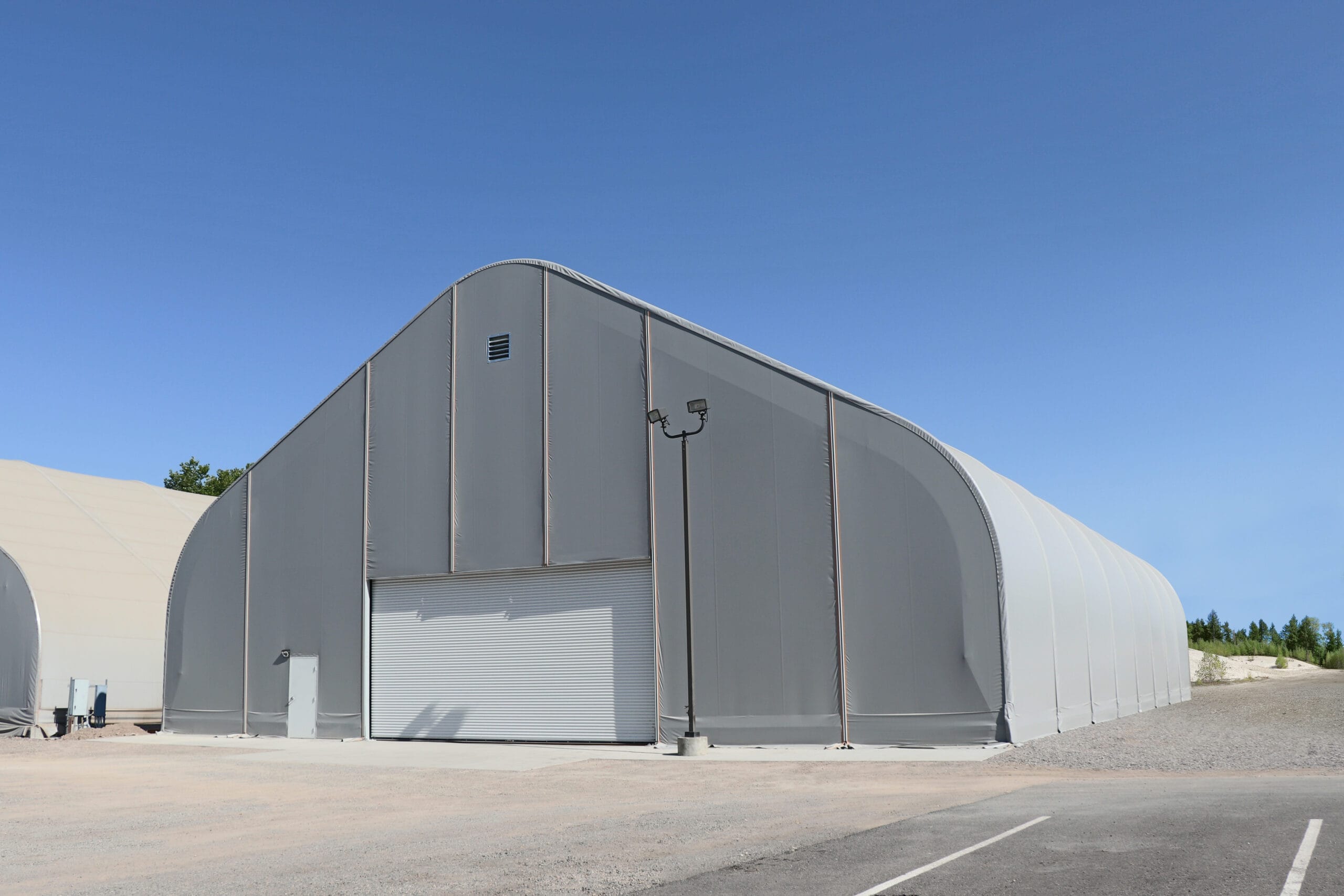

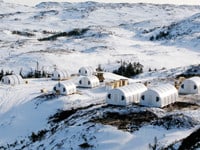

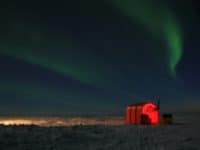

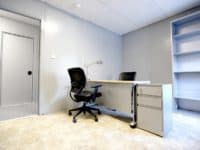

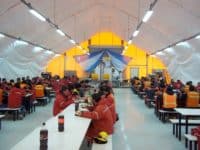

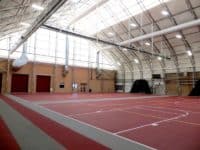
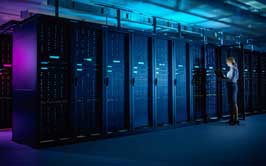








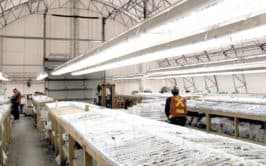


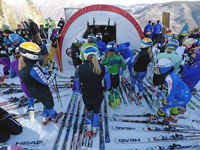
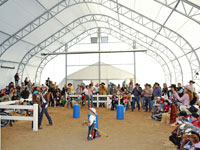



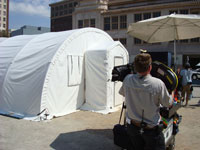
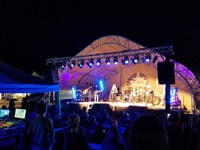
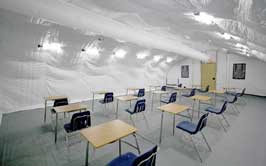


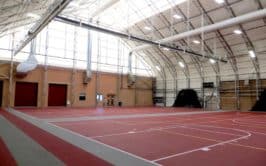

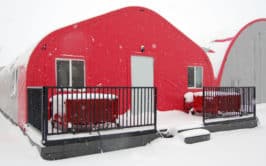

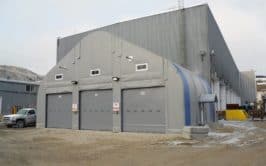

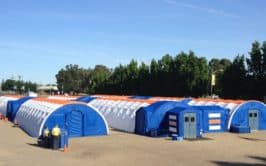
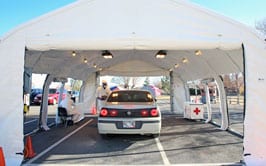
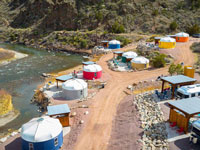

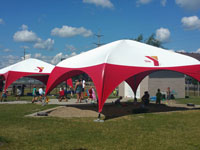
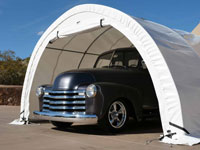
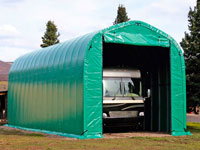
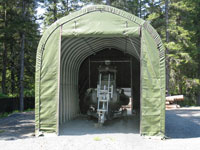
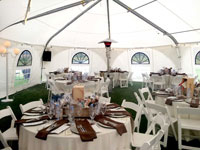
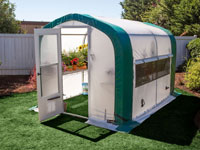
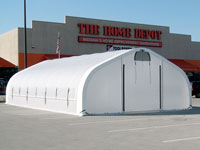
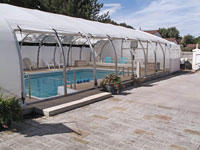
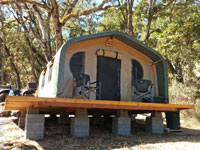
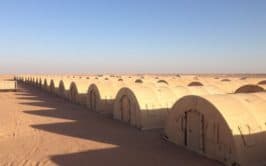
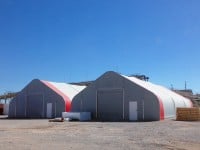

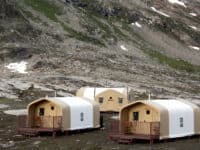

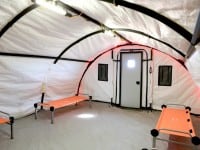
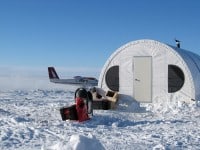
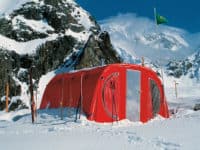
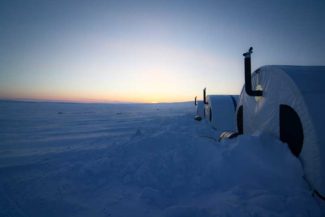

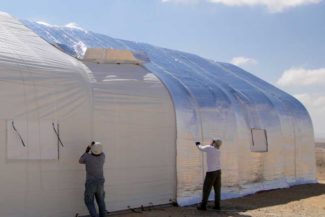

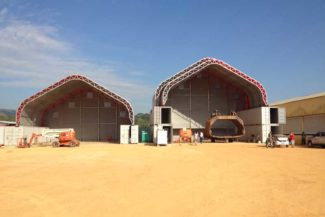

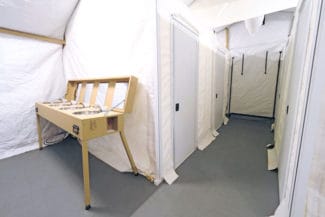
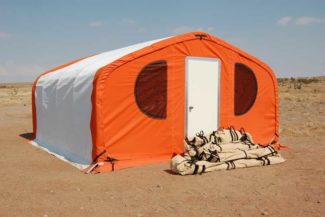
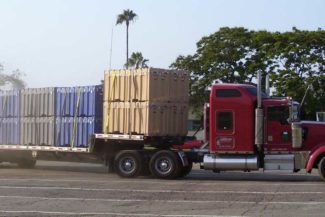
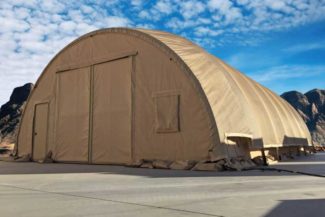


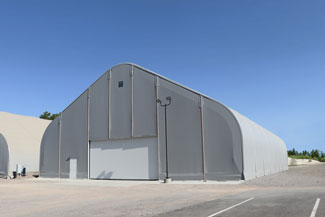

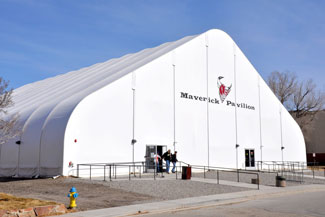

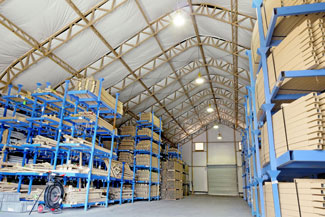
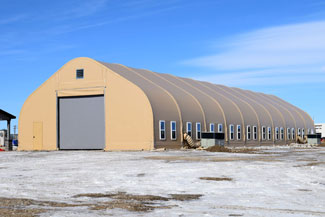


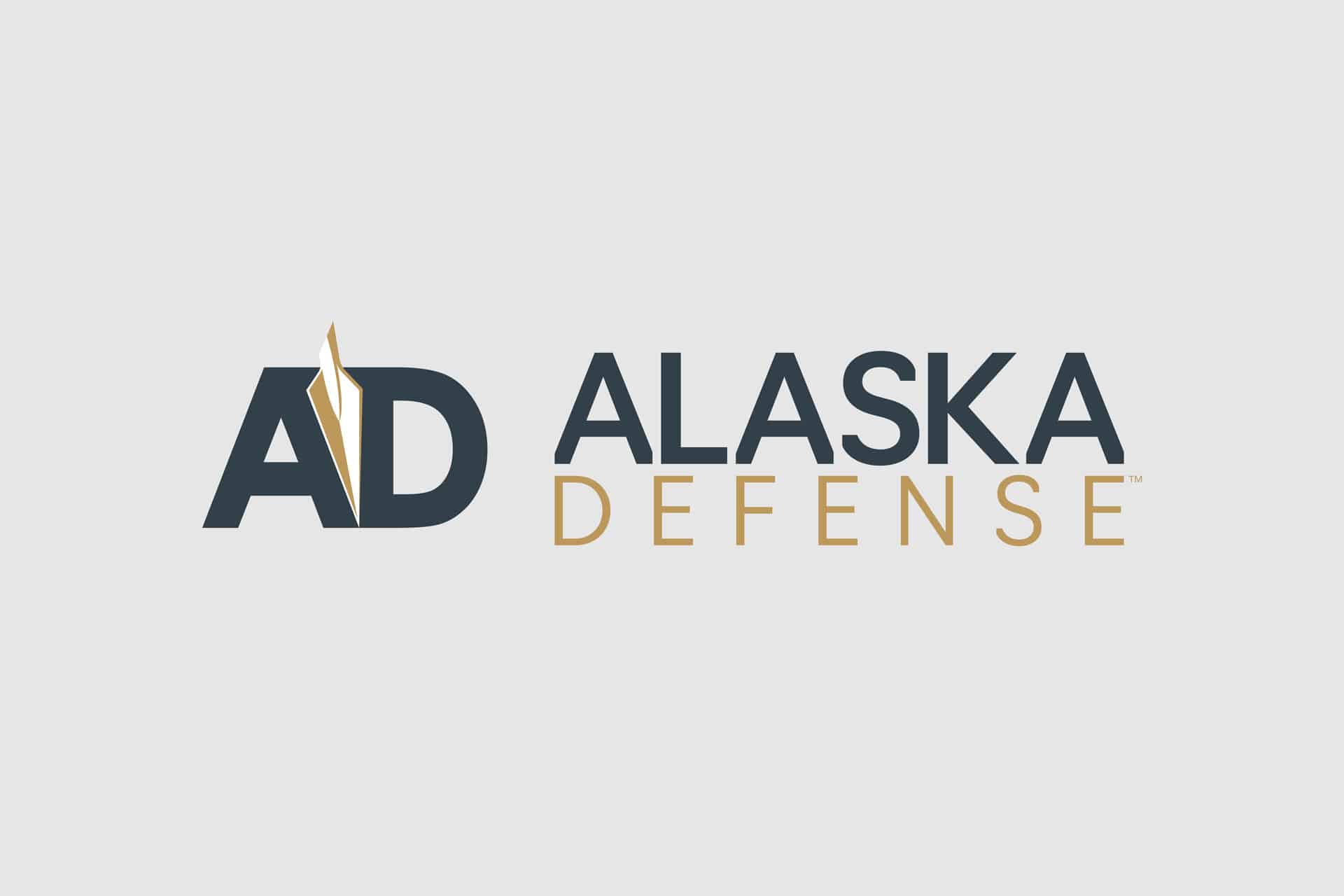
Leave a Reply